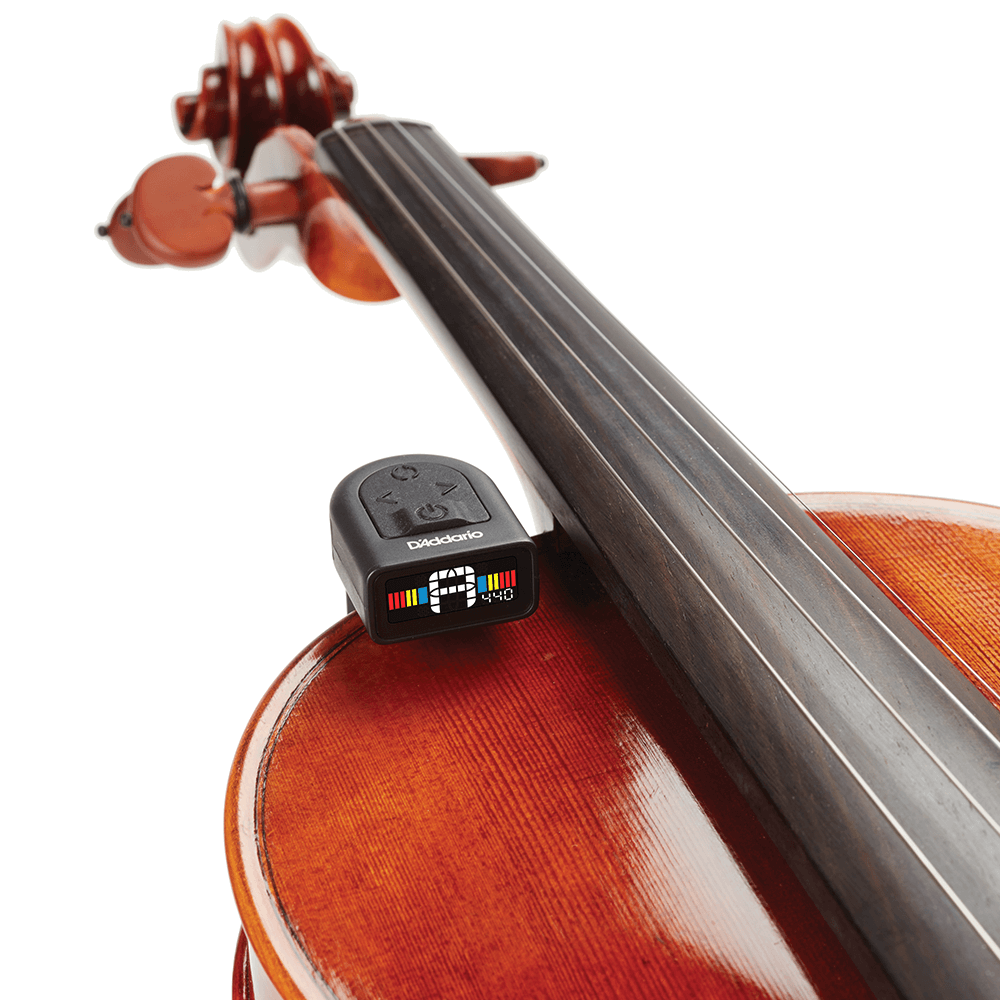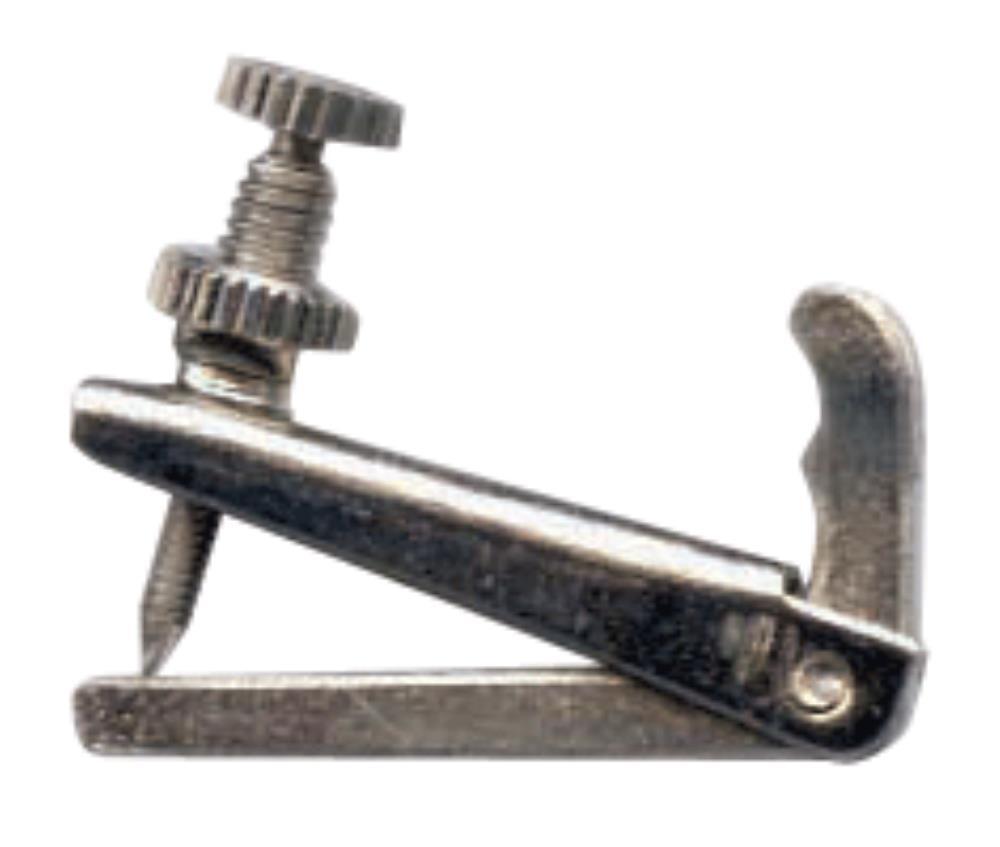

These devices have a sound recording system that records the tones of the empty strings of your violin and compares them with reference values. Chromatic tuners for the violinīeyond these analog classics there are today electronic tuners in large numbers, which facilitate or completely relieve you of the complicated hearing work. If you have a piano at home, you can tune your violin according to it – or according to the violin of your concert master, chamber music partner, accompanying piano or guitar. This method basically works just like tuning by tuning fork or whistle: you take an a from another instrument that is – hopefully – perfectly tuned. Tuning a violin after the piano or other instruments Like the tuning whistle, the tuning fork has some advantages: It works without power supply and internet access and fits easily into any violin case – but as already mentioned you have to be able to transmit the individual tone correctly to your violin and then tune the other strings accordingly. Of course, there are also tuning forks for other frequencies, which you can get in specialized shops. Most commercially available tuning forks produce a clear a with a frequency of 440 Hz, which is the chamber pitch common today. If you have sung a lot, played music or listened to music, your hearing will be better able to determine whether two notes are equal and whether the intervals of the other strings are correct or not.Ī tuning fork is the classic tool to “get an a”. How easy it is for you depends, among other things, on your previous musical experience. Admittedly, this method is demanding, especially for beginners. If you don’t have absolute hearing, you need a tool with which you can recall at least the note a (chamber note) – to tune the a string after it and then tune the other strings to match it. Where do I get the right tone from to tune my violin? Tuning a violin using a tuning fork or a tuning whistle And the big mystery, why you start with the A-string when tuning, will also be explained in the following article.
Violin tuner violin sound how to#
How to hear the correct intervals is an exciting topic on which we will write more on occasion. the adjustment of the strings to each other, so that the intervals are “correct”.The adjustment of the pitch of the strings to the corresponding tones on another instrument or to a generally valid reference tone (chamber tone) or.There is also a discussion about problems with tuning the violin here – and about the advantages of fine tuners.īasically, “violin tuning” means two things:

Violin tuner violin sound free#
Rule of thumb: Turning it counterclockwise increases the pitch, turning it clockwise decreases it.įeel free to ask any question about the details in the comments. You have probably already found out that you tune a violin by turning the pegs or the fine tuners and changing their pitch with the tension of the strings.

General information about tuning a violin

Here we give you an overview, which violin tuning aids are interesting for you – and whether it is a good (and cheaper) alternative to tune the violin online. Today, these charming aids have become rare – more and more musicians tune their violins with electronic devices, be it a small clip-on or an impressive chromatic tuner, which only holds itself with difficulty on the music stand. In the past, a tuning fork or whistle was part of the basic equipment of a well-assorted violin case.


 0 kommentar(er)
0 kommentar(er)
